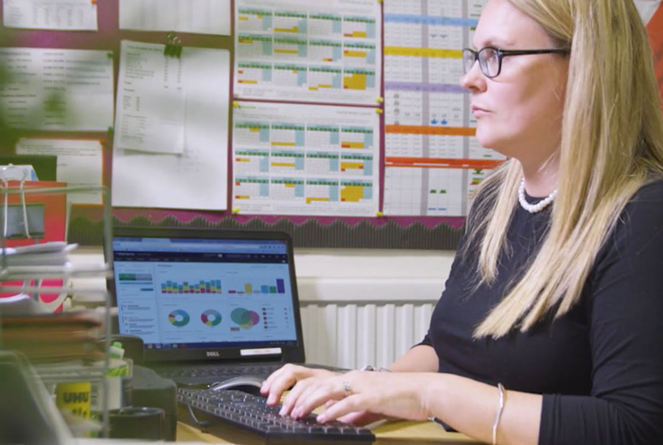If you are a Juniper school using Target Tacker, OTrack or Pupil Asset, you will be familiar with what has become the termly arrival of the Juniper Benchmark Analysis Report and we know that schools are finding it useful to compare their own performance to that of schools nationally.
The Autumn 2021 report may be with you already and, if not, should be soon. So it is timely to remind you how it is produced, some of the ways it can be used in schools and the impact our analysis of the data has had nationally.
We have collected current Key Stage 1 and 2 data for Autumn 2021 from about 6000 schools that use one of the Juniper tracking products giving us access to anonymous assessment data for over 1.5 million pupils!
Regardless of the source of the data we can judge whether pupils are:
- Working below age related expectations (ARE)
- Working at ARE
- Working above ARE
We use this enormous amount of data to produce the Juniper National Benchmark Dataset – a snapshot of how many pupils were at or above ARE in reading, writing and maths both separately and combined. We can do this not just for cohorts, but also key contextual groups including gender, SEN, pupil premium etc.
We also go a step further and provide for each school (using Target Tacker, OTrack or Pupil Asset) free of charge, a report which highlights their setting compared with the national benchmark. From the Summer 2021 report onwards we began providing Local Authority (LA) comparison data as well. We’re aware that it is important to know how big the sample set is for an LA so the Autumn 2021 report will include this data for the first time.
Why is Benchmarking Important?
It’s always important to be able to compare your performance to other settings. In particular, where we have no national data in terms of statutory assessments for the last couple of years, the Juniper National Benchmark provides that missing data.
There are a number of reasons to compare yourself to a benchmark including:
- Being critical about performance: knowing how your setting compares to the national picture is a useful starting point in deciding how you are doing as a school.
- Unpicking differences: being able to compare the performance of difference groups (boys, girls, SEN etc.) will help you determine if any groups are not reaching comparable levels of attainment.
- Setting effective targets for improvement: being able to say where, as a school, you are in comparison with other schools will help identify areas for improvement and set a realistic target.
- Setting new standards: your expectations of attainment are important when setting your school’s standards. With a good idea of how pupils perform nationally you can set your expectations to be challenging but achievable.
Benchmark Data In The News
In February 2021 we published the Juniper Education National Benchmark Report. This was the largest report on the impact of the disruption caused by the pandemic on primary school children and showed that children in Year 1 had experienced the greatest drop in their learning. Younger children also took longer to recover lost learning when they returned to school in September 2020.
The report was widely reported nationally, covered by Sky News, The Guardian and The Times and led to work with the DfE, Ofqual and various universities on the effect of the pandemic on education.
If you want to know more, a good place to start is our press release on the disruption caused by the pandemic on primary school children.
We know Juniper schools have found the Benchmark Analysis Report useful and we hope these latest improvements will enhance the ways it can be used for comparing your own performance.
Online Analysis Tool
Along with the benchmark report, we also provide an online analysis tool that allows any school in the country to compare its reading, writing and maths assessment data with schools around the country. Schools simply log on and enter their own assessment results to benchmark them against the Juniper Education National Dataset.
The tool will be updated for Autumn 2021 data later this term (by early February). To access the tool click here
See also:


/Primary%20school%20.jpg?width=2000&name=Primary%20school%20.jpg)








.png?width=940&height=788&name=Lingfield%20College%20Case%20Study%20(5).png)
-1.png?width=1000&height=833&name=National%20Association%20of%20Head%20Teachers%20(3)-1.png)
-3.png?width=1080&height=1080&name=Untitled%20design%20(10)-3.png)






